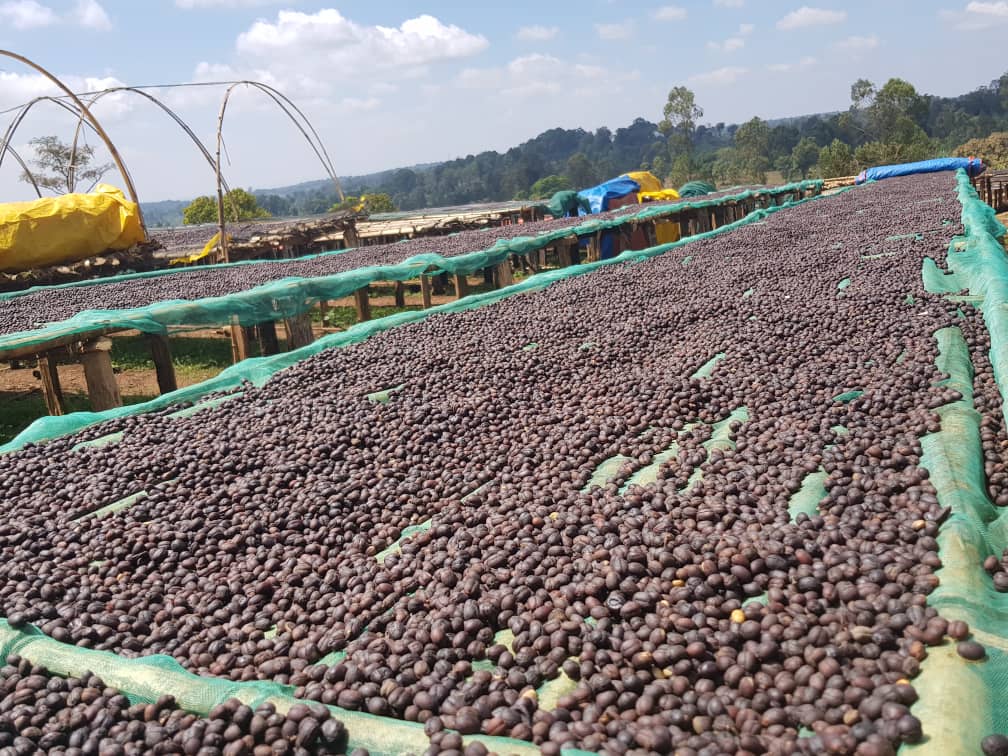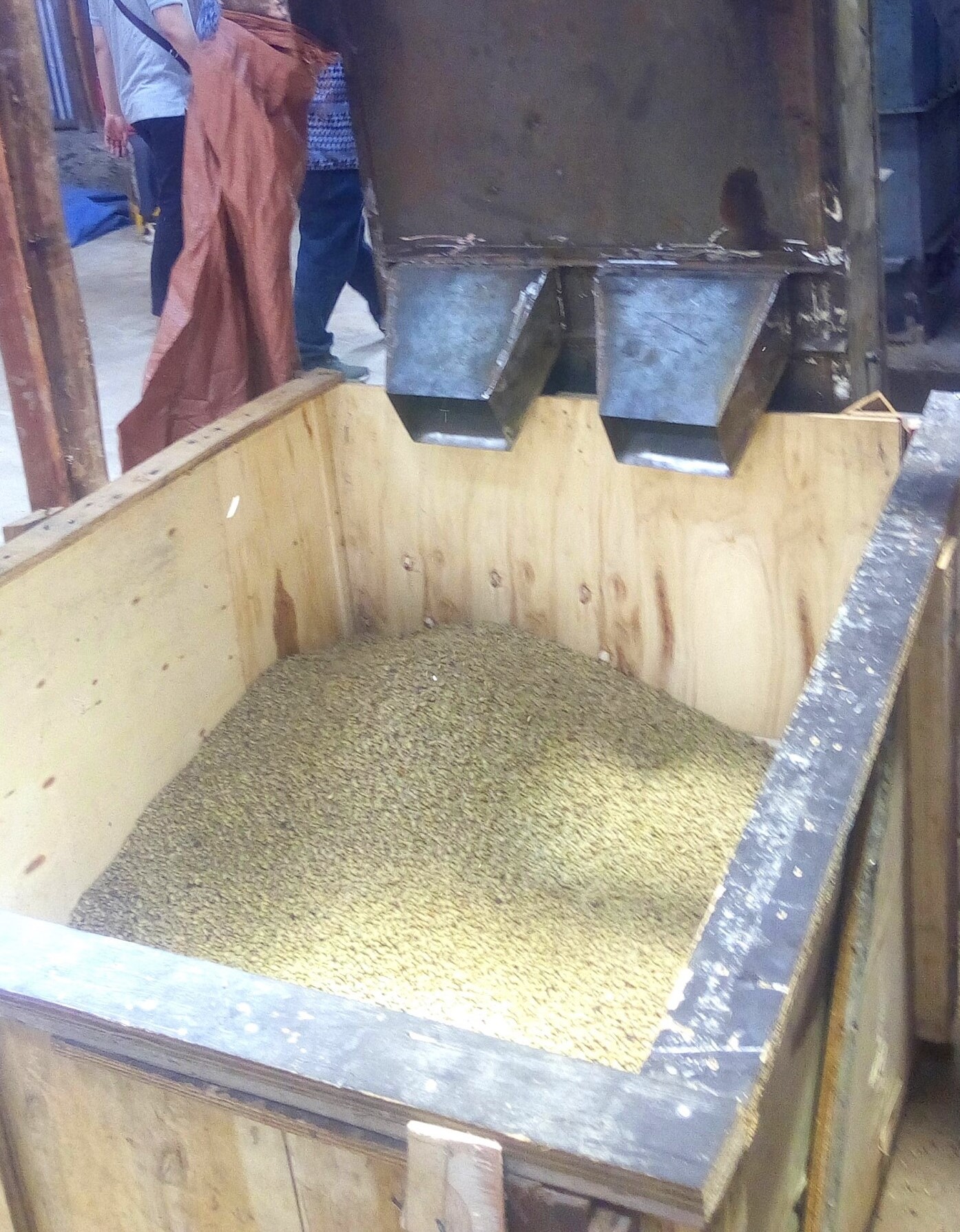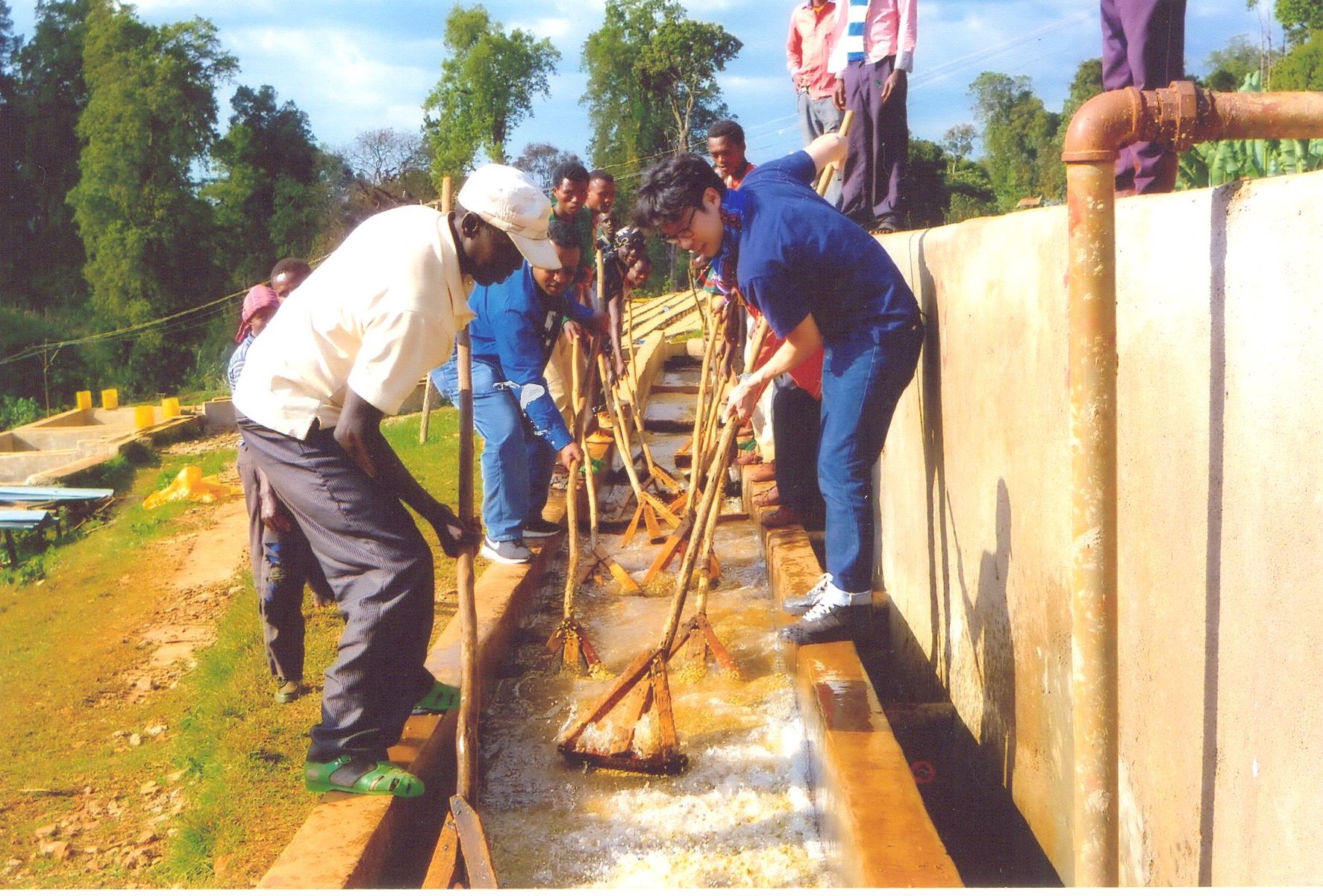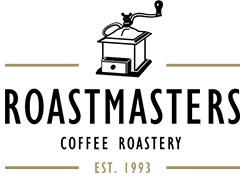Interesting in our Coffee? Just drop an Order form below!
Processing Methods
Since 2007, Dimtu Coffee Industry has been dedicated to crafting and exporting exquisite, single-origin organic specialty and commercial coffees of unparalleled quality to the global market.
Here, we meticulously detail our precise processing methods.
HAPPY TESTIMONIALS
Dimtu Coffee Industry is dedicated to producing, processing, and exporting single-origin organic specialty and commercial coffee for the international market. Our coffee is certified by multiple international certifiers and regulators, ensuring the highest quality standards. Here are some of the feedback from our satisfied customers:
Berry flavors & fragance ,vibrant,distinict cup
"Single origin espresso candidate.Berry flavors & fragance ,vibrant,distinict cuplends itself to variety of roasts"
it have aromas of warm marzipan and bright orange
"Our new Ethiopian Guji features aromas of warm marzipan and bright orange . A light body and fair acidity with notes of red grape and zesty orange,leading to a marmalade bitter finish"







